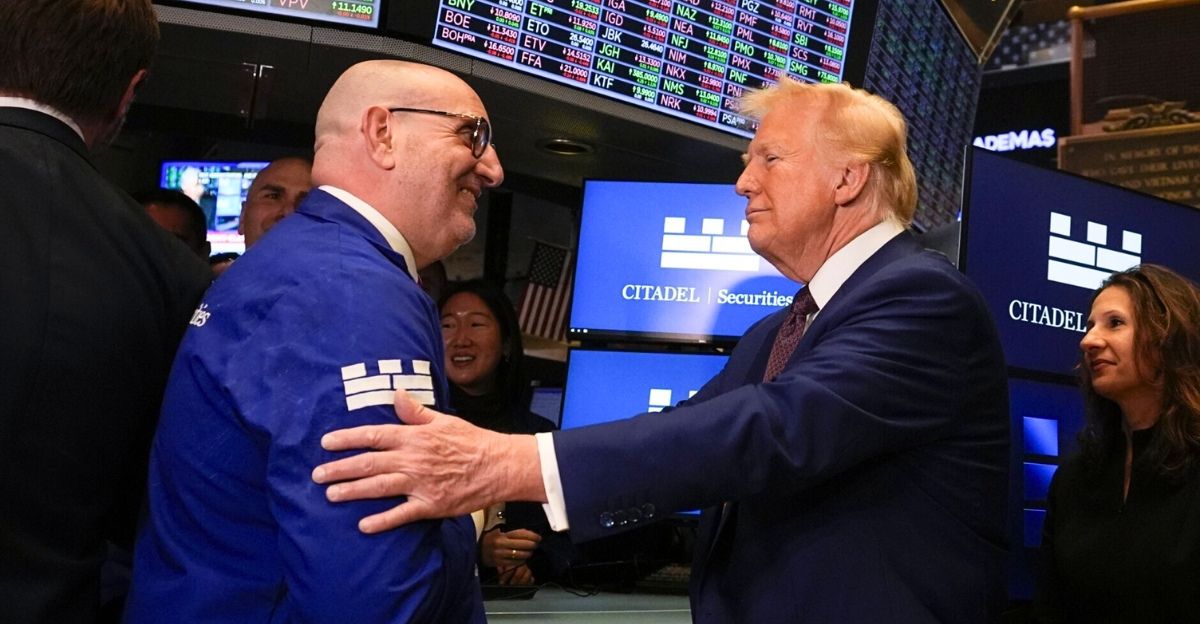
For months, traders were trapped in a storm of geopolitical drama and economic uncertainty. Trade wars, tariff threats, and relentless headlines kept stocks whipsawing with no clear direction.
But last week, everything changed. After a spring marked by historic volatility, the markets staged one of their strongest rallies, sparked by a single diplomatic move. The Fear and Greed Index now sits at 70, reflecting rising investor confidence in what many are calling “the Trump effect.”
As panic gave way to momentum, pressure that had been quietly building finally broke. One move was all it took to reset the rules of the game. Here’s how it happened.
A Stock Market Comeback Felt Across America
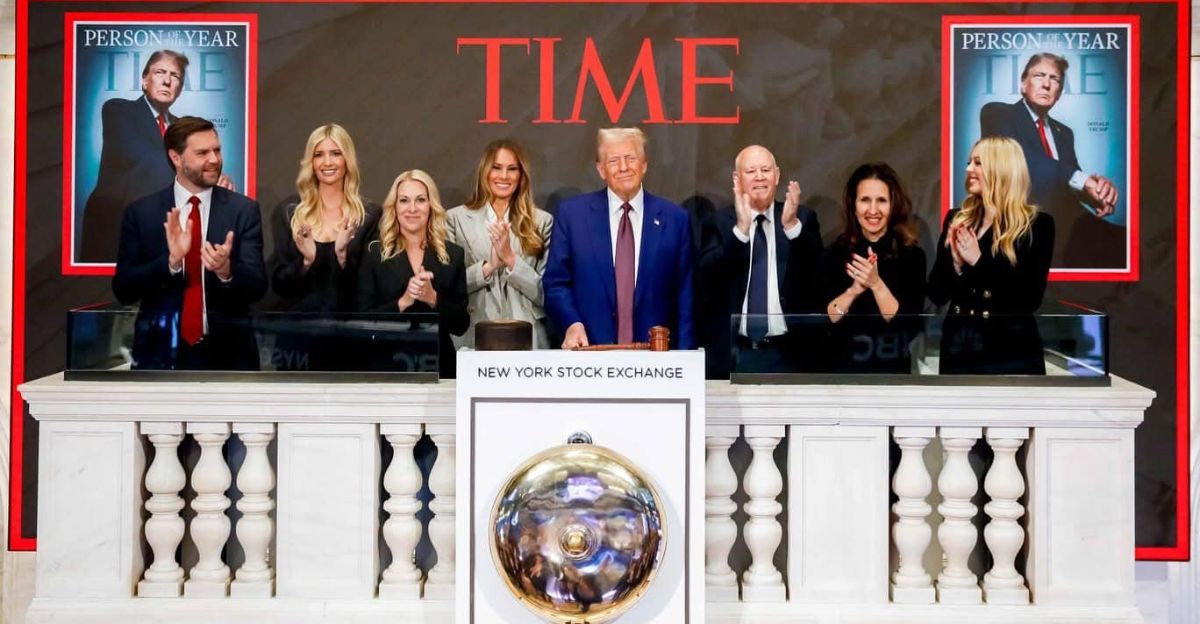
Wall Street’s rally isn’t staying on Wall Street, it’s lifting portfolios across the country. The Dow soared 1,161 points (2.81%), while the S&P 500 jumped 3.26%, wiping out the year’s earlier 15% losses. Even more striking, the Nasdaq surged 4.35% in a single day.
With nearly every S&P 500 company in the green, this rebound reflects more than optimism, it signals widespread economic renewal. The scope and speed of this recovery suggest a broader shift in sentiment and policy direction. But is this a one-off event, or the start of a longer Trump-fueled surge?
Trump’s Track Record of Market Shockwaves
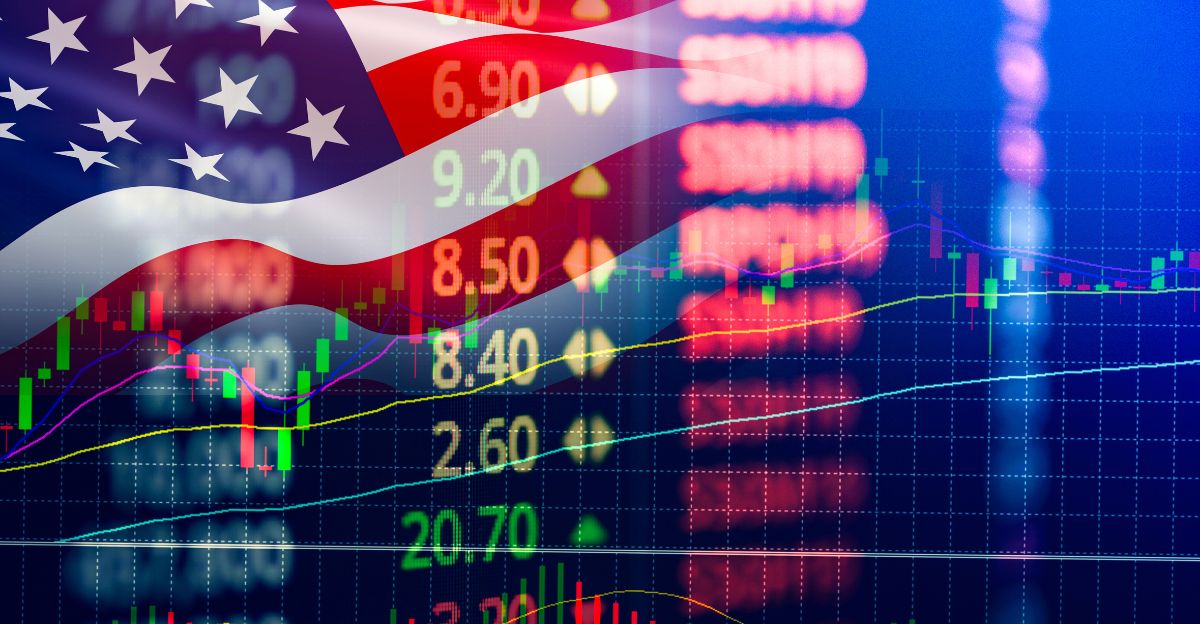
Markets have long reacted sharply to Trump’s policy moves. In his first term, sector surges became common following trade updates, often dubbed the “Trump Trade.” This latest spike, however, is different, larger, faster, and more widespread. “Many investors were not positioned for this outcome,” said Keith Lerner of Truist Advisory Services. The surprise factor helped fuel the rally, underscoring Trump’s reputation for disruptive, high-impact deals.
As Wall Street scrambles to adjust, the playbook from Trump’s earlier years may not be enough to predict what’s next. Especially with the timing of this reversal raising eyebrows.
From Market Panic to Political Precision
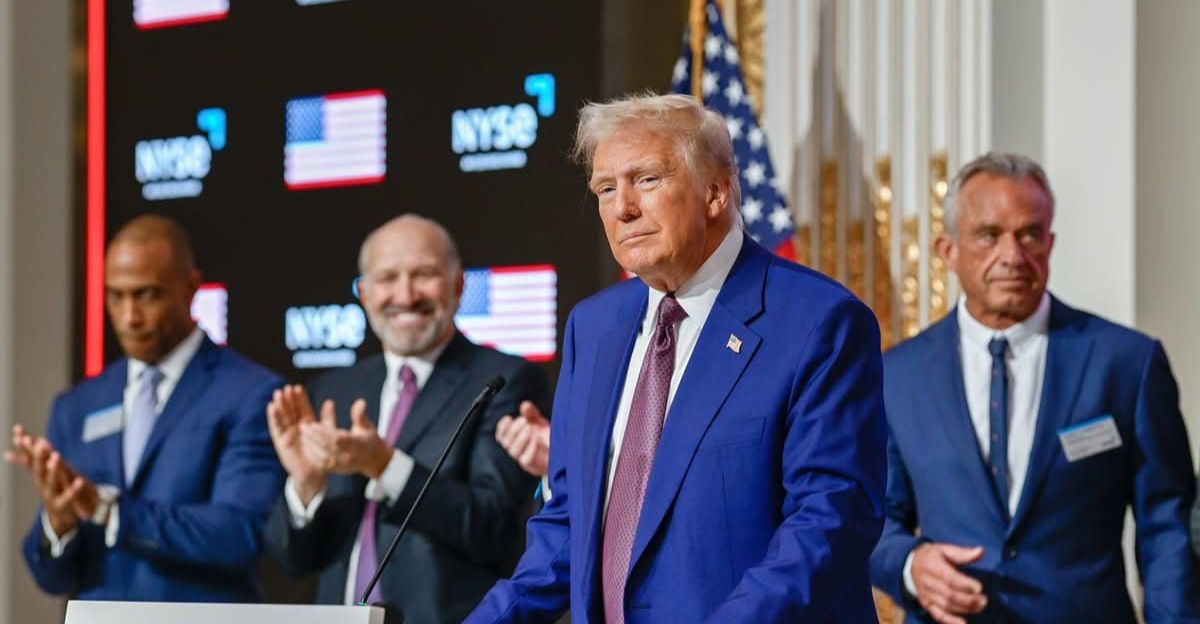
Just weeks ago, the market was in meltdown. Trump’s April 2nd “Liberation Day” tariffs jolted global trade, with the S&P dropping over 10% and the VIX fear index spiking to 60. Bonds tumbled. Recession talk grew louder.
But now, that chaos looks more like a setup. The sudden pivot, and its perfect market timing, suggests a deliberate strategy rather than a reactionary move. If Trump’s goal was to shake the tree, he succeeded. This abrupt reversal didn’t just soothe markets, it showcased his appetite for high-stakes maneuvers. And it all led to one dramatic breakthrough.
The China Deal That Changed Everything
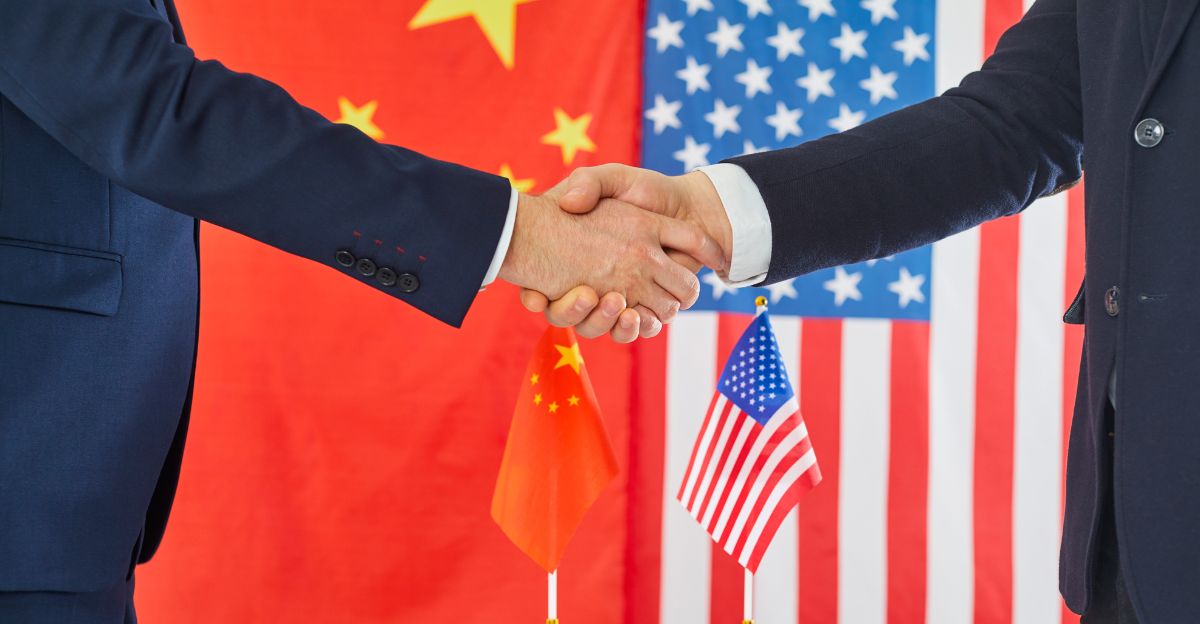
On May 12th, a high-stakes negotiation in Geneva flipped the script. Trump’s team slashed tariffs on China from 145% to 30%, while China cut its own from 125% to 10%. The 90-day agreement restarted stalled trade between the world’s top economies. The market reaction? Immediate. The S&P hit a two-month high. The Nasdaq jumped 20% off its lows, officially ending its bear market streak.
What had been a frozen trade relationship thawed in a single weekend. And with tariffs rolled back, the mood shifted from panic to possibility, especially on America’s economic frontlines.
How the Trade Truce Hit Home
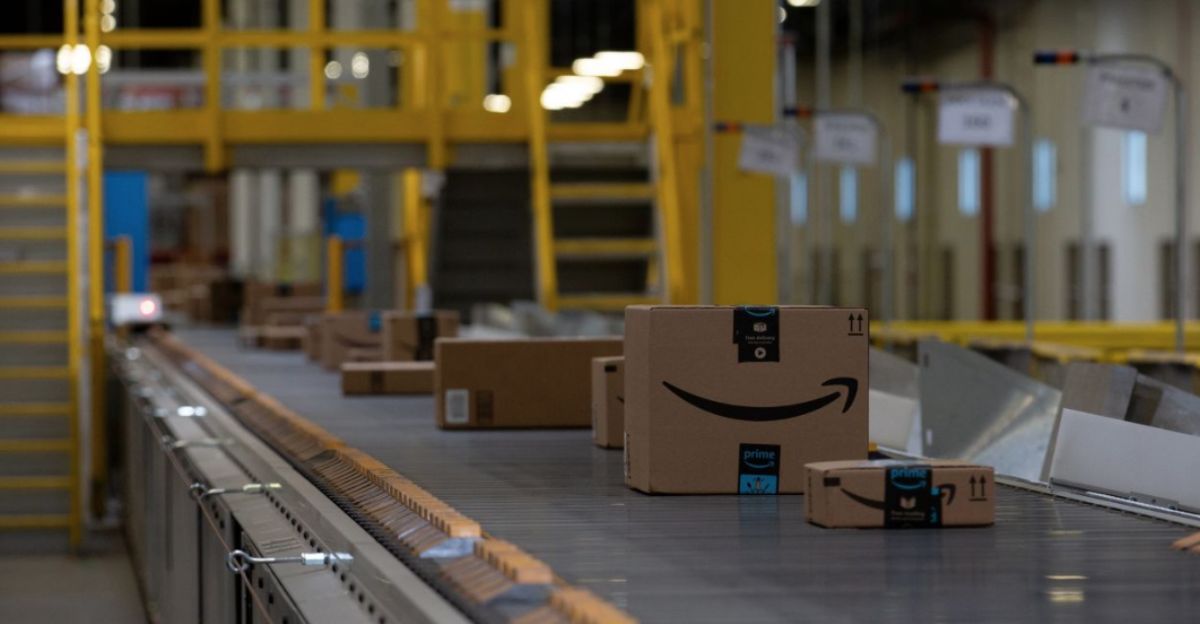
This deal didn’t just lift indexes, it brought real relief to American wallets. Amazon jumped nearly 12%, Nike over 11%, and retailers heavily tied to Chinese imports saw stocks soar. More importantly, everyday families dodged steep price hikes.
Without this truce, tariffs were set to cost U.S. households over $1,100 next year, rising to nearly $1,500 in 2026. Now, supply chains are scrambling back to life. Retailers like Shein and Temu can restock shelves. For Main Street, the ripple effects are clear, with a 90-day window in play, speed is everything.
Inside the High-Stakes Trade Drama
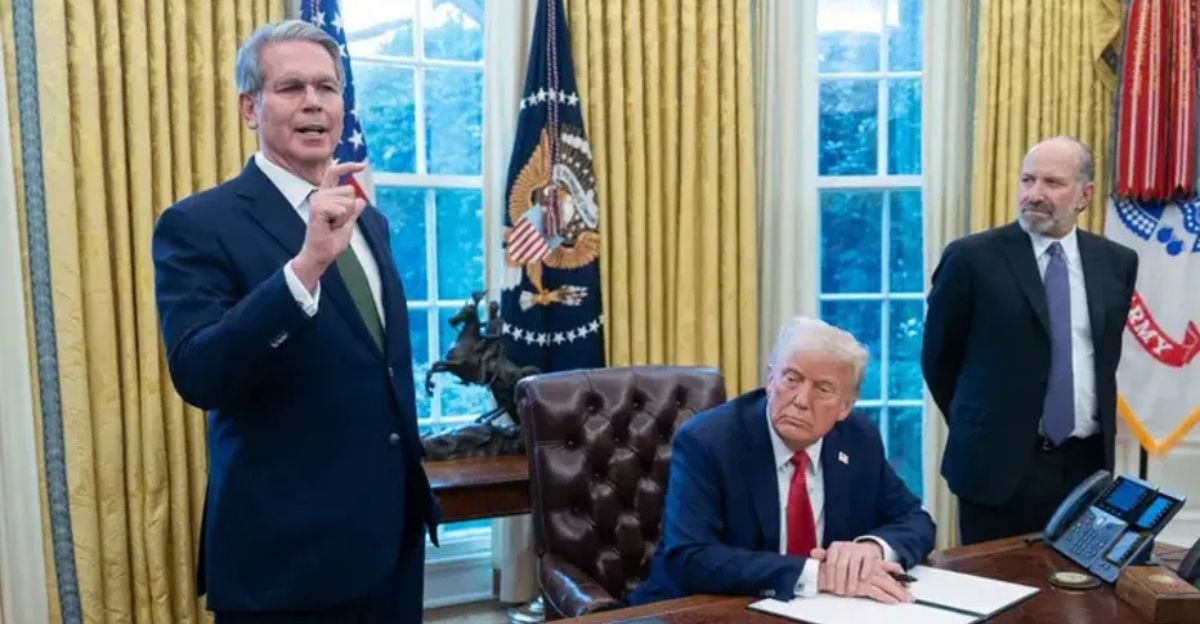
Behind the numbers are human stories and high-level decisions. Treasury Secretary Scott Bessent admitted recalibrating U.S.-China trade “will take years,” but Trump’s pivot showed a willingness to act fast when needed. Diplomats credit the shift to his personal instincts, centralized, bold, and focused.
For workers in manufacturing hubs like Michigan, the stakes remain deeply personal. Trump’s campaign promises to restore jobs are being tested in real time. This wasn’t just a market play, it was a political calculation with global implications. And other countries were already starting to pay attention.
Global Shockwaves and Strategic Gains
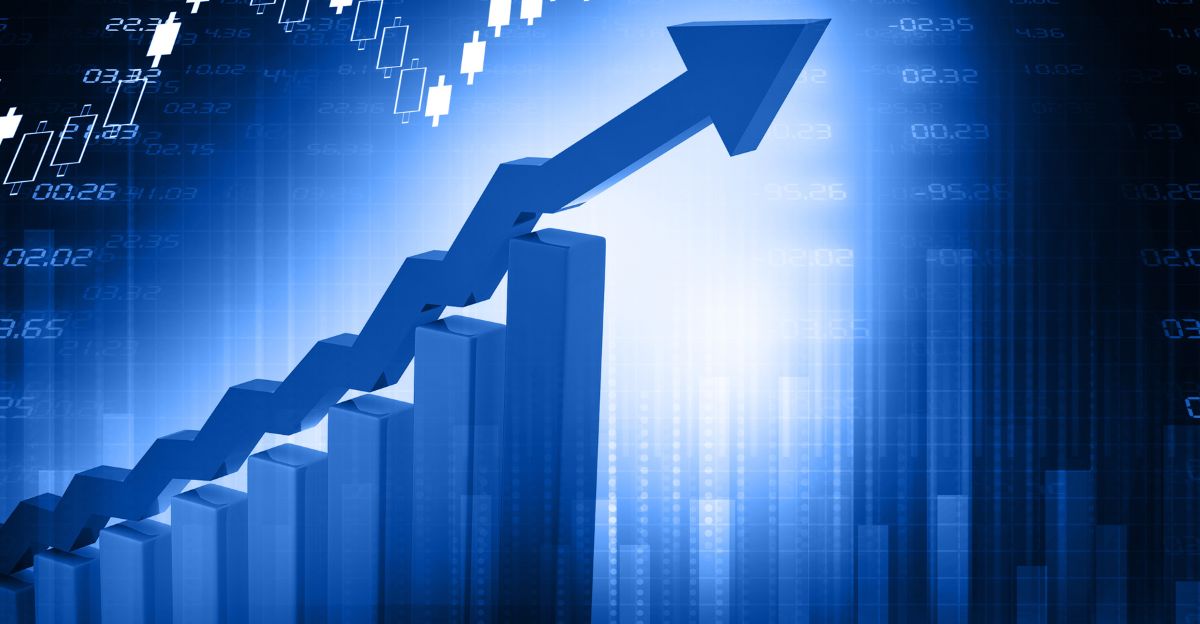
The U.S.-China trade deal triggered swift global market reactions. European stocks jumped, with the STOXX 600 index climbing 0.4% following the news. But the ripple effects didn’t stop there, on May 8th, Trump finalized a trade agreement with Britain, his first since launching the tariff campaign. UBS strategist Anthi Tsouvali called the progress “beneficial” but warned the recovery isn’t complete.
These moves signal a deliberate strategy: Trump is working to rebuild key trade alliances and reshape global competition in ways that benefit U.S. businesses, laying groundwork for a more aggressive economic push in the months ahead.
How Confidence—and Spending Habits—Are Shifting
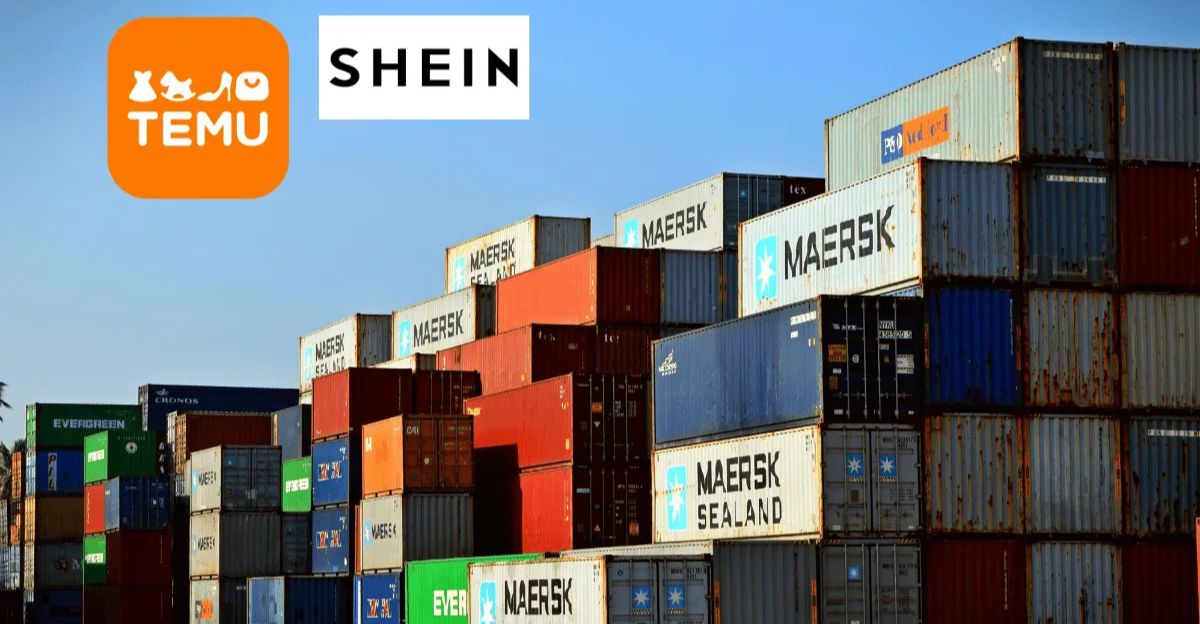
Markets are rising not just on numbers, but on sentiment. The CBOE Volatility Index, Wall Street’s “fear gauge,” has dropped below 20, its lowest point since March, after spiking to 60 during peak tariff anxiety. Investors are regaining confidence, and consumers are adjusting expectations, anticipating price stability instead of inflation. Retailers are also responding fast.
Chinese giants like Shein and Temu are ditching pricey air freight in favor of bulk sea shipments, seizing the 90-day trade truce. This rapid shift in strategy shows how restored policy clarity can quickly reshape both market behavior and global business logistics.
The Strategic Vision Behind the Market Momentum
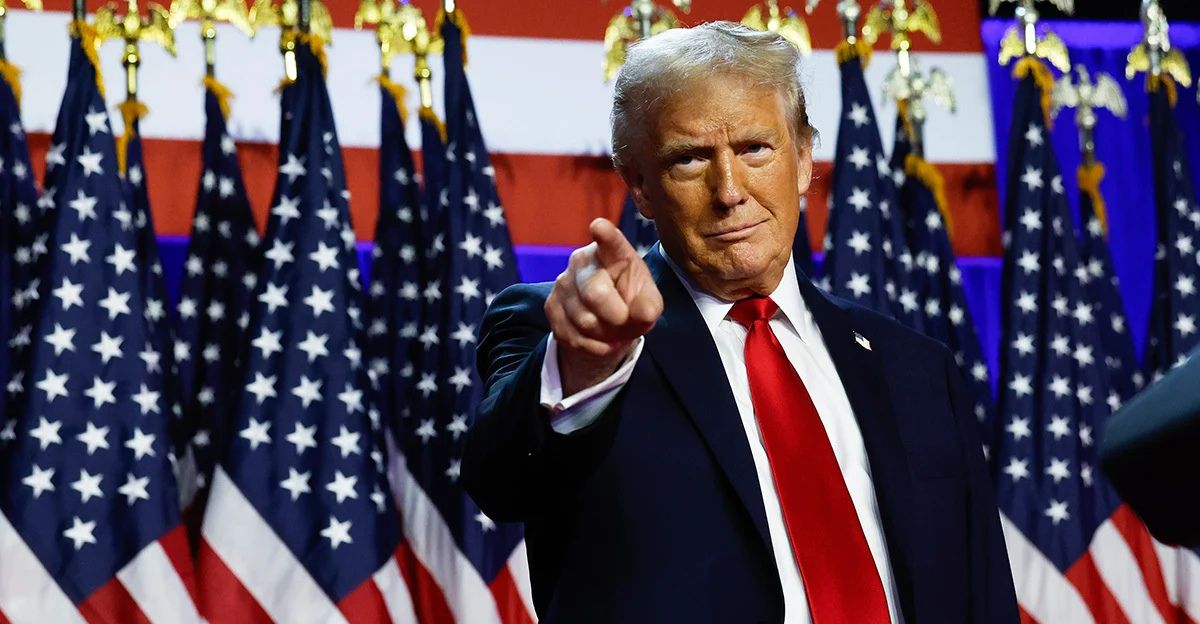
The market’s dramatic rebound isn’t just about numbers, it reflects the power of perception, timing, and policy in shaping investor behavior. Trump’s strategy of pressure and pivot appears less erratic when viewed through the lens of calculated impact. While questions remain about the durability of this momentum, the response shows how deeply markets are intertwined with political theater. In a world where economic stability can shift on a single announcement, understanding the motives behind policy becomes as important as the outcomes. This moment reminds us that in global finance, strategy often speaks louder than certainty.
Discover more trending stories and Follow us to keep inspiration flowing to your feed!

Craving more home and lifestyle inspiration? Hit Follow to keep the creativity flowing, and let us know your thoughts in the comments below!
